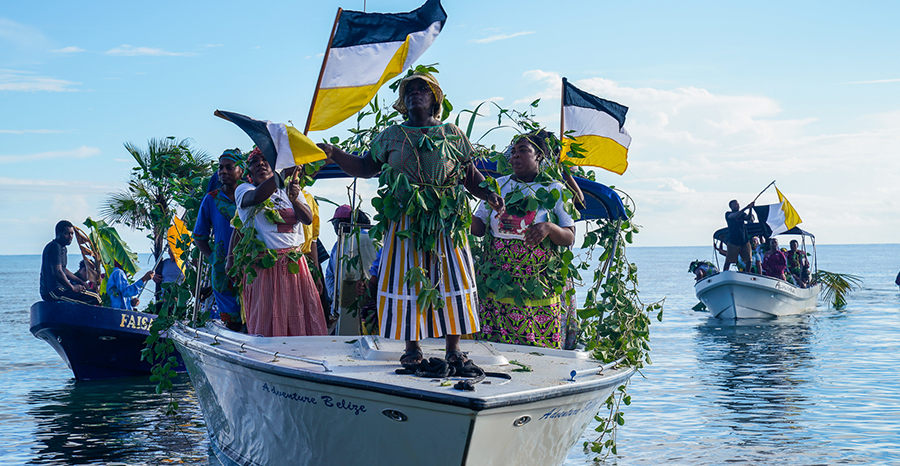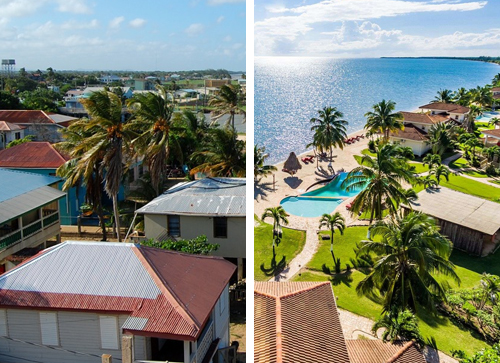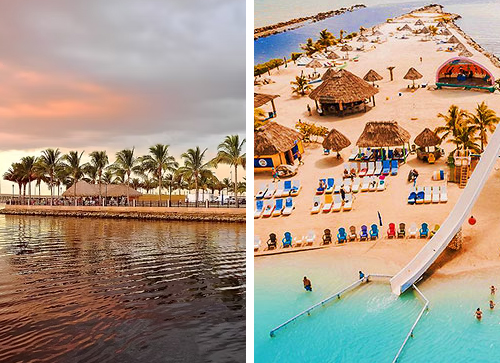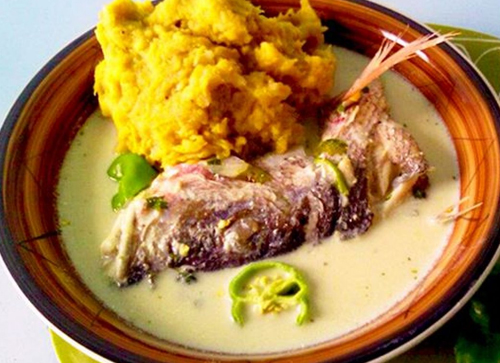Quick Links: About Us - Contact Us

Every November, the streets of Belize’s coastal towns come alive with the sound of drums, the scent of fresh cassava bread, and the sight of proud cultural pageantry. It’s Garifuna Settlement Day, one of Belize’s most important and moving cultural holidays. For travelers lucky enough to be visiting during this time, it’s more than just a festival – it’s a window into a resilient community that has shaped Belize’s identity.
If you’re in Belize in mid-November, this is one celebration you do not want to miss. Whether you’re a history buff, music lover, foodie, or cultural explorer, Garifuna Settlement Day offers a front-row seat to a living, breathing heritage that’s as rich as it is unforgettable. Here’s everything you need to know to celebrate Garifuna Settlement Day like a local.
Who Are the Garifuna?
The Garifuna are an Afro-indigenous people descended from West African, Carib, and Arawak ancestry. Their story began in the 1600s when enslaved Africans were shipwrecked near St. Vincent in the Caribbean and intermarried with the indigenous Caribs. Following a British invasion and forced exile, they were eventually relocated to the Central American coast in the late 1700s and early 1800s.
In Belize, the Garifuna people settled primarily in southern coastal towns like Dangriga, Hopkins, and Punta Gorda. Despite centuries of displacement, they have maintained a strong and distinct cultural identity, rich in language, dance, drumming, and cuisine. In 2001, UNESCO recognized Garifuna language, music, and dance as a Masterpiece of the Oral and Intangible Heritage of Humanity.

What Is Garifuna Settlement Day?
Garifuna Settlement Day, observed on November 19, commemorates the arrival of the first Garifuna to Belize in 1802. The holiday was first recognized in 1941 thanks to the efforts of civil rights activist Thomas Vincent Ramos, and it became a national holiday in 1977.
It’s more than a historical date, it’s a celebration of endurance, culture, and the deep contributions the Garifuna people have made to Belize. From the iconic reenactment of their arrival by canoe to the pulse of traditional drumming, the day is filled with ceremonies, storytelling, and communal pride. For visitors, it’s a powerful immersion into Belize’s multicultural soul.
Where to Celebrate: Best Places in Belize
While the holiday is acknowledged nationwide, the most vibrant celebrations occur in Garifuna communities along the southern coast. Here are the best places to experience it:

Dangriga
Known as the cultural capital of Belize, Dangriga hosts the most elaborate celebrations. Expect massive parades, live music, dance competitions, and dawn ceremonies that bring thousands of people to the waterfront.
Hopkins
This smaller, laid-back village offers a more intimate celebration while still showcasing the full range of Garifuna traditions. Great for travelers seeking community warmth with a local touch.

Punta Gorda
Less touristy than Dangriga or Hopkins, Punta Gorda delivers an authentic experience with smaller crowds. It’s a great choice if you want to witness cultural rituals without the bustle.
Belize City
While not a Garifuna hub, Belize City hosts musical events and parades in select neighborhoods. It’s a convenient option for travelers based in the city during the holiday.
Local tip: Arrive a day or two early to catch the pre-festival events and beat the crowd for accommodation.
Unlock Exclusive Tips, Offers, and Guides.
Subscribe now and be the first to access this limited-time offers.
Key Traditions & Events to See
The Reenactment of the Landing
The festivities begin at dawn with the symbolic reenactment of the Garifuna’s arrival by sea. Men dressed in traditional white clothing paddle canoes to shore while singing hymns, greeted by crowds lining the beach. This powerful ritual captures the emotional journey of exile and survival.
Drumming & Dance
No Garifuna celebration is complete without the hypnotic rhythms of Punta and Paranda music. Watch or join in as dancers move to the infectious beat of hand drums, each step telling a story of resistance and joy. Performances happen in open spaces, streets, and community centers throughout the day.
Parades and Street Performances
Colorful parades featuring traditional dress, cultural floats, and community groups light up the town. You’ll also see performances of Jankunu, a masked dance with colonial-era satire and African-Caribbean influences.
Church Services
These spiritual ceremonies blend Catholic and Garifuna customs, with special masses and blessings held in local churches. Many families start the day here before heading to public celebrations.
Food & Craft Stalls
Locals sell handmade crafts, clothing, and jewelry, while food stalls offer authentic Garifuna dishes you won’t find anywhere else. Bring cash and come hungry!

What to Eat During Garifuna Settlement Day
Food is central to the celebration and a delicious way to experience the culture firsthand. Must-try dishes include:
- Hudut: Mashed plantains served with coconut fish stew. Creamy, savory, and soul-satisfying.
- Seré: A coconut-based soup with seafood or chicken.
- Darasa: Similar to a tamale, made with green bananas and sometimes filled with meat.
- Cassava bread: A staple in Garifuna households, made from grated cassava root and baked until crisp.
These dishes are traditionally cooked in homes but are also widely available at food stalls during the celebration. Ask locals where to find the best Hudut—you’ll often be pointed to someone’s grandmother’s kitchen!
Tips for Tourists: Celebrate Respectfully
Want to experience Settlement Day like a local? Here are a few respectful dos and don’ts:
- Dress respectfully: Avoid revealing clothing. This is a sacred holiday for many, especially the reenactment ceremony.
- Ask before taking photos: Eespecially of individuals or ceremonial moments.
- Support local vendors: Buy crafts, food, and souvenirs directly from artisans.
- Join in mindfully: Don’t just observe—ask questions, learn a dance, try the food—but do so with humility.
- Don’t treat it like a street party: While festive, this is a day of remembrance and pride.
Your respect goes a long way in being welcomed and appreciated by the community.
Planning Your Trip Around Settlement Day
If you’re planning to experience Garifuna Settlement Day, here are some practical travel tips:
- Arrive by November 17 or 18 to enjoy cultural nights, drumming competitions, and food fairs leading up to the big day.
- Book accommodations early, especially in Dangriga and Hopkins, which fill up fast.
- Transportation: Buses and shuttles to southern Belize are available from Belize City. Some roads may be crowded, so leave early.
- Weather: November is the start of the dry season but pack for some possible rain.
- Safety: Celebrations are generally safe, but stay aware of your surroundings and avoid wandering alone late at night.
Conclusion
Garifuna Settlement Day is more than a holiday, it’s a moving tribute to cultural endurance, pride, and identity. For travelers, it offers a rare opportunity to witness a living tradition unfold in real time. From canoe landings and hypnotic drumming to cassava bread and joyful parades, the experience is unforgettable.
So if you’re planning a November trip to Belize, add Garifuna Settlement Day to your itinerary. It’s the kind of travel memory that lingers long after your suitcase is unpacked.


